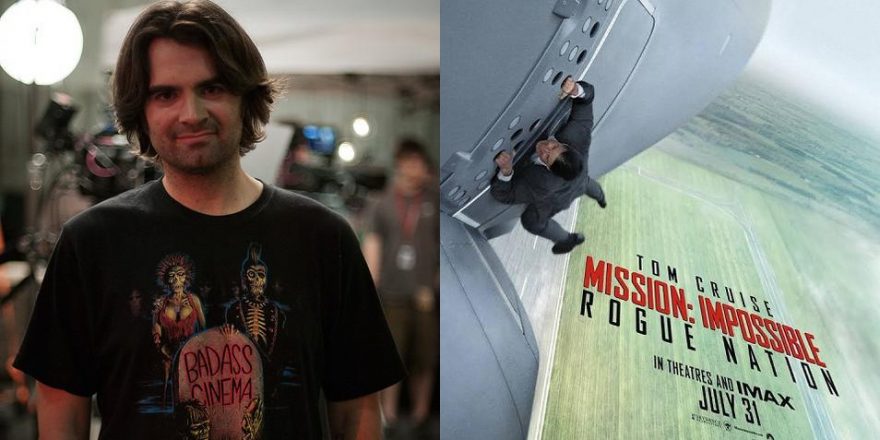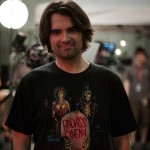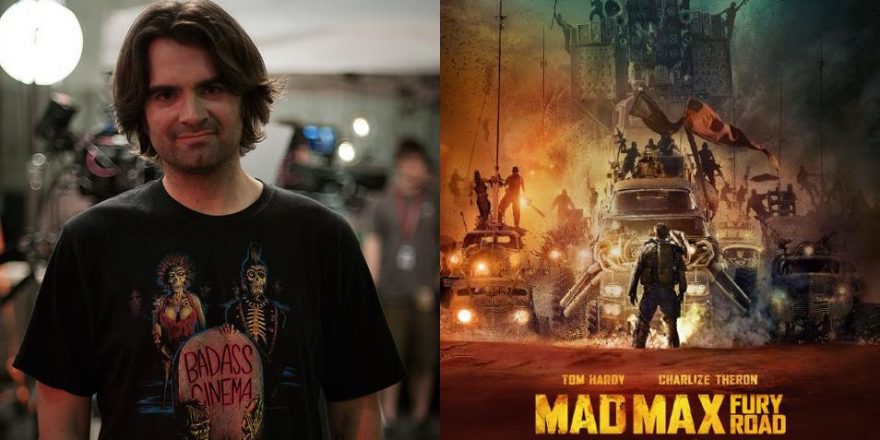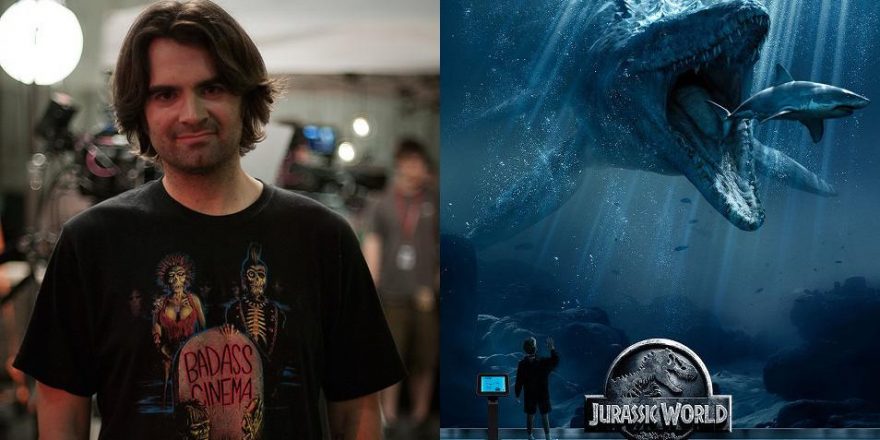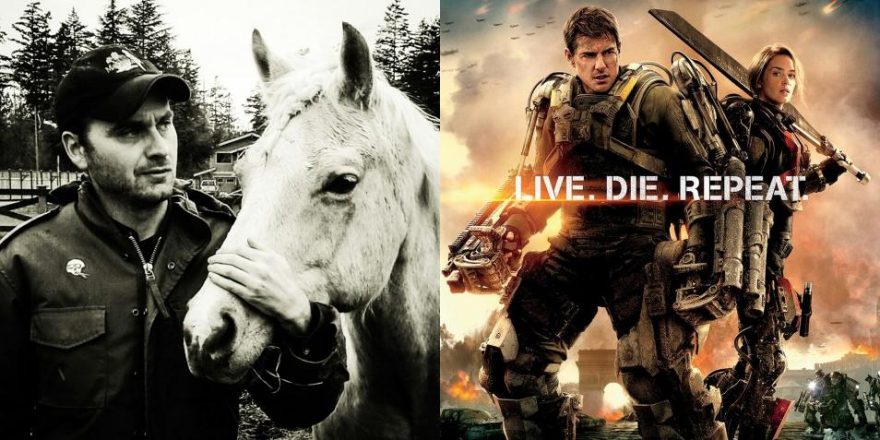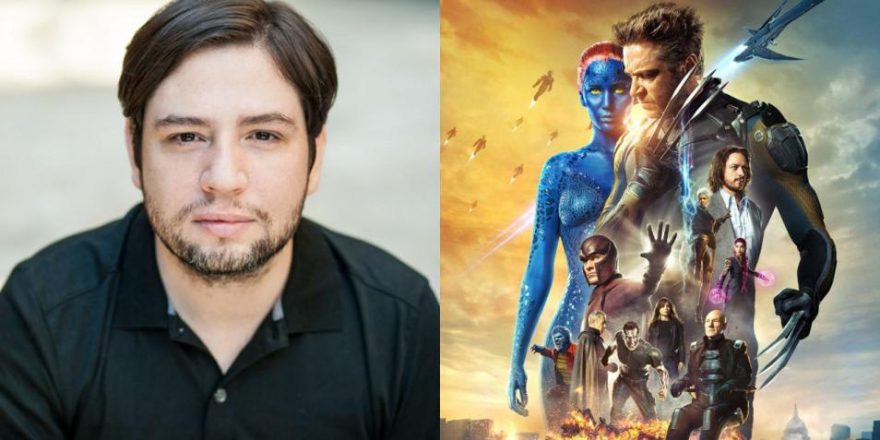In contemporary Hollywood, it’s very rare for a successful cinematic franchise to bring in new voices, as this risks throwing a wrench into its money machine. But when done right, this approach can keep an IP’s vitality high and keep audiences coming back for more.
One such franchise is Tom Cruise’s Mission: Impossible series, but I never could have predicted that back in 1996 when I walked out of Brian DePalma’s enthralling original film. I loved seeing an “auteur” like De Palma, one of the Hollywood brats from the ’70s who blazed on the big screen with a brazen style and an FU attitude, bring his treasure trove of tricks (long one-takes through locations, use of framing and sound design, classical suspense structure, etc.) to a potentially stale TV show adaptation. How did that happen? It was Cruise’s first foray into “action” territory, and it clearly it paid off: four films later, with a new entry exploding into theaters globally this past weekend like a Xenu alien invasion, the M:I series is still going strong, with no end other than its star’s own mortality in sight.
The reason for the franchise’s longevity is that Cruise – the main producer of the franchise as well as its star – has hand-picked directors for this series based not only on their aptitude in the field (delivering the crowd-pleasing goods to sate the bean-counters at the studio, many times because they are the “hot director of the moment”), but also based on each director bringing his own vision to a stale spy genre. This explosive sandbox Cruise has cultivated for 20 years has been a reliable source of income for Paramount and its producers and a familiar brand for audiences, but it’s also been one of the most exciting film series still kicking (and punching and jumping), culminating in the latest film, Mission: Impossible – Rogue Nation, directed by Christopher McQuarrie, which is another solid example of a true auteur at work.
Following in the footsteps of De Palma, John Woo, J.J. Abrams and Brad Bird, McQuarrie – the Oscar-winning screenwriter of The Usual Suspects and director of Jack Reacher and the criminally underappreciated The Way of the Gun – has delivered a true Mission: Impossible entry worthy of its predecessors. But it’s for sure also a “Christopher McQuarrie Film,” as much as each film before this could proudly wear its vanity card.
But what is a “Christopher McQuarrie” film, you ask? Well, to me, it’s one that revels in plot while filling the ear with slightly elevated dialogue, rife with multiple meanings, pushing poetic prose to the brink while always focusing on story while servicing character.
If you haven’t seen The Usual Suspects (or haven’t in a while), go back to it to enjoy some of the best dialogue in the last 20 years, as efficient as is it eloquent in its expletives. There is a reason McQuarrie’s been the go-to guy for specs and script doctoring over the years, yet it’s not just his ear for dialogue that qualified him for heading up Rogue Nation. McQuarrie has an excellent sense of scope and command in his action, substituting flashy camerawork for complex staging and choreography within classically widescreen shots. The car chase and climactic shootout in 2000’s The Way of the Gun is some of the finest action on display; the film’s dour tone and off-key humor didn’t resonate at the time, but I consider it a minor classic of the genre. From those scenes, you can tell McQuarrie doesn’t shy away from the violence or try to jazz up the action with the camera or staccato editing, but instead lets the action be led by the chemistry of character and situation. His work reminds me a lot of Sidney Lumet, another filmmaker who was driven not by the camera but by the page and the performers, complementing the story by using the actors to narrate with their eyes mouths and bodies and then the camera to add inflection. McQuarrie, who previously wrote FX extravaganzas such as Jack the Giant Slayer and Edge of Tomorrow, isn’t one to lavishly apply special effects; rather, he sets up fantastic characters against each other in precarious situations and lets his ear-friendly dialogue carry us from scene to scene, as we admire the verbal sparring.
McQuarrie also tries to sneak in humanity and hints of “the real,” from Verbal Kint verbalizing how he’ll be pissing blood the next day in The Usual Suspects to Benicio Del Toro’s unique reaction to a sonogram in The Way of the Gun and sniper Jai Courtney’s grave facial expressions in the opening of Jack Reacher. Real, endearing moments that tend to humanize our heroes (and sometimes villains) that normally don’t get highlighted in genre fare or blockbusters. McQ, like QT, loves to get to the root of these (often) questionable characters by grounding them with real problems and insight, making them relatable even in the most ludicrous situation. To me, a McQuarrie movie is one of macro scope but micro attention to human detail. Sure, he’s got the know-how to handle massive SFX, but his main goal is emotion, minor and massive. And in Rogue Nation, McQ makes one of the most “formulaic” M:I installments on the surface, yet makes it his own all the same.
Rogue Nation is a brilliantly constructed high-octane stunt showcase, but it’s how McQuarrie gets us to (and from) each of these action set-pieces that gives the film its distinctive auteur stamp. In each case, from the thrilling opening scene with Ethan Hunt hanging onto the side of the plane for dear life, to the extended chase from car to bike, the script (also by McQuarrie, the first time an M:I director did double duty as screenwriter) doesn’t just piecemeal these plot points together, he creates smaller conflicts to build us up to the set pieces, which feels rare these days.
The plot, involving a secret faction of the IMF called The Syndicate that is looking to disband our heroes’ group, is massively convoluted (it’s standard that the audience is about a few steps behind the labyrinthine plots in these films), but there are three instances in Mission: Impossible – Rogue Nation that to me are unquestionably “McQuarrian.”
The first is a quiet but pivotal moment in the first act, when Cruise’s Ethan Hunt enters a London record store and has a fairly benign conversation with a record store clerk (Hermione Corfield). While they talk about records and music, we get the impression that there are double and even triple entendres, but McQuarrie never tips the hat that Ethan’s talking to another IMF agent. Yet even after their first few lines together and their cleverly cool staging, the audience knows exactly what’s happening between the lines, so much so that when it’s revealed that Ethan is playing a disc on a record player/mission-brief communicator, it’s less of a twist than it is a coda on an espionage convention. The “front” dialogue more than anything lets the audience know Hunt has an appreciation for vinyl, a deft vintage character touch, while also giving us more exposition. This kind of entendre-laden dialogue isn’t new to the M:I series, but it’s the type of banter that feels very much the product of the writer-director who exudes an air of “cool” for story’s sake.
In the thrilling motorcycle chase, there is one moment that could have easily ended up on the cutting room floor, but to me felt like a choice that McQuarrie reveled in. A single, simple shot completely humanized Hunt in this scene, made me feel the danger, and yet was done as almost a comedy beat. When Hunt turns a bend in the road, he extends his leg out to counter gravity and make the turn on the bike. He has no padding, no helmet – nothing other than his cool shades and casual wear – so when his knee skids across the speeding asphalt, he reacts to his knee scraping, almost wincing in pain before righting his bike to continue the chase. This could have been a mistake, a blooper when Cruise did it, but the moment made me smile wider than any other spectacular scene in the film. That little detail added real danger and humanity to the moment and while doing so, allowed us to laugh at it. Cruise – the World’s Greatest Stuntman (who also acts) – may be super, but he’s also human, the movie seems to be saying, and the stakes are raised, even if he ends the chase with a ludicrous wipeout and then brushes himself off, ready for the next act. That feels like a McQuarrie touch, one shot in a huge mélange of visceral moments that spoke volumes and made the action all the more exciting and unpredictable.
Finally, in one of the closing sequences of the film, Hunt has crucial information (of course) memorized (of course) after destroying a file (duh), and the whole film has built up to this important moment between him, Isla Faust (Rebecca Ferguson) and Prime Minister Tom Hollander, sitting in a cafe back in London. Yup, we’re now down to three people talking. Yet, with this critical info only in his head, Hunt also has guns trained on him, and knowing this, uses his cranial McGuffin as currency – anyone killing him would render the mission failed and the IMF destroyed. So…why not use that to your advantage? With everything on the line in this one moment, McQuarrie creates a fantastic and funny dance of bullets and staging as Ilsa guns down her opposition using Hunt as a human shield, knowing our baddie, Lane (Sean Harris), and his goons can’t kill him. It’s a moment not unlike The Way of the Gun‘s crafty slow-going car chase or, even better, the fantastically crafted brothel shoot-out in that film’s climax, when Del Toro and Ryan Phillippe unload and reload gun after gun like a vaudeville act. With no visual histrionics or jittery cameras, all of these scenes feel like we’re watching an intricate ballet, with bodies moving every which way but loose, but not without purpose. Because we know these characters by now, we can respect and justify their actions, even when they’re a little unorthodox.
All three of these scenes could have been in any one of the previous Mission: Impossible films, but with McQuarrie at the helm, they shine brighter and last longer in our minds. Each moment might be a small detail in the larger scale of this 800-pound gorilla of a movie, but it’s minutia like this that elevates this series from the majority of summer blockbuster fare and sets it apart from each M:I installment.
Since ’96, modes and methods of entertainment have changed, tastes have evolved and the M:I series has survived not just multiple filmmakers’ hands but whole cultures and generations. And they’ve always had to play globally, so the berth of encompassing entertainment tricks has had to be wide and broad. Yet, Cruise and each Mission: Impossible film’s creative team have tapped into what audiences want every time. As producer and star, Cruise has the industry clout and the eye for talent to champion fresh, unique voices instead of going the route many franchises take by hiring the same people or going with a director who, despite his box-office pedigree, might not be the right choice to bring a particular world to life. In an industry where micro-management and marketing drives converge with a populist art form to produce mass-consumed product, the Mission: Impossible series still stands tall as one of the finest displays of entertainment with the ability to project each of its auteur’s distinctive voices, loud and clear for all to hear.
I personally can’t wait to hear who’s screaming with Tom next.



